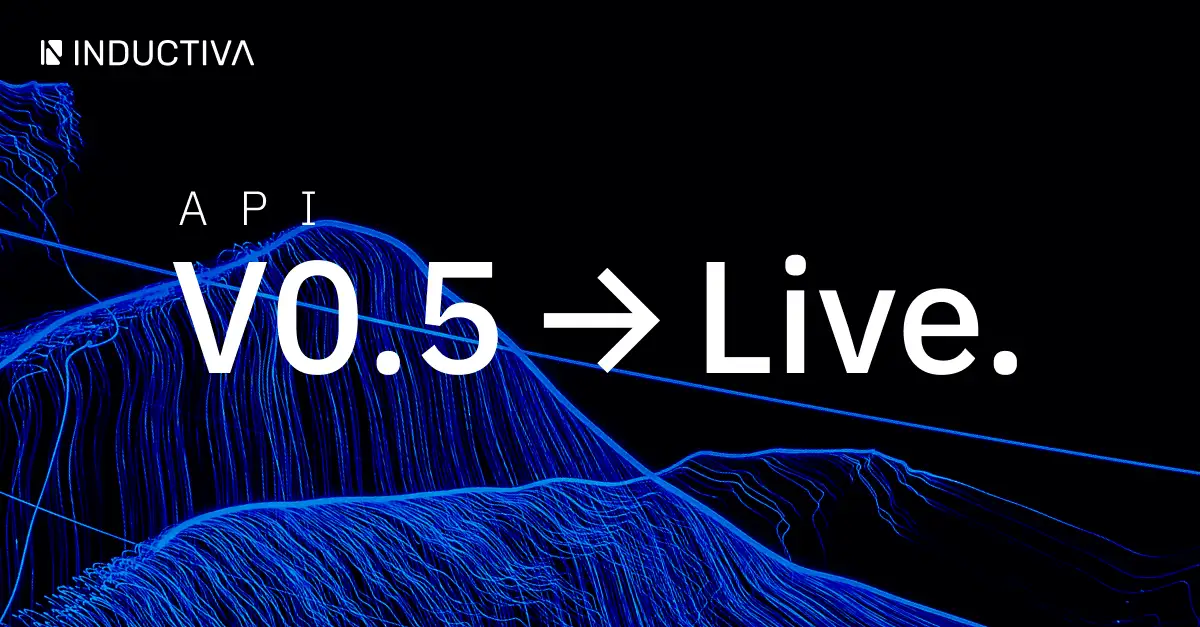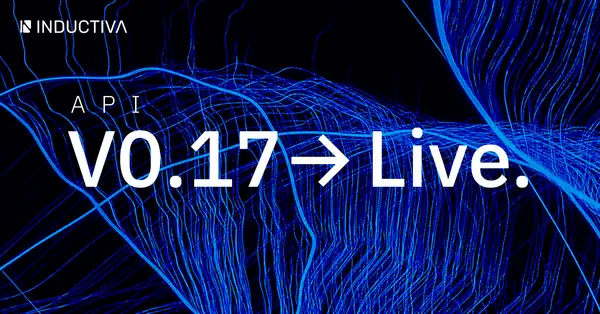Announcing the Inductiva API v0.5 Release!
Happy to announce release 0.5 of the Inductiva API!
Our goal is to make it easy for scientists and engineers to run large scale simulations of physical systems, without the complexity of managing HPC clusters or being stuck to a proprietary software stack.
We believe in the power of open-source, and that’s why we architected our platform to be able to integrate high-quality simulators developed by the scientific community over decades – and expose them via an easy-to-use Python interface. From their laptops, users can launch hundreds or thousands of simulations running in remote servers with the best hardware.
This release brings several new features, a number of usability improvements, new simulators and better elastic resource management policies.
Highlights of the v0.5 release:
- Simulators: We have two additional simulators for coastal dynamics and marine sciences:
- Templating: Refactoring of the templating mechanism into a dedicated TemplateManager class that clarifies responsibilities and emphasises templating directives. This change improves the usability of the templating mechanism and makes it much easier to build custom scenarios on top of the generic simulation capabilities provided by the API.
- Command Line Interface: Ability to download output files directly from the CLI for specific tasks. Either all files or just a subset can be downloaded for 1 or more tasks at a time. This feature greatly simplifies the management of simulation data when running several simulations in parallel.
- Up-to-date GCP pricing information: the API provides daily-updated information about the prices of all VM instances we make available from GCP. This brings complete clarity to the costs involved in running a VM via the API.
- Metrics and Benchmarking: We made extensive consolidation work on our backend, especially in terms of logging and analytics to allow us to compile performance metrics and produce computational benchmarks on behalf of the users (and which will be available soon).
- Documentation: New inductiva documentation subdomain.
Additionally, we made great strides in two exciting directions.
Project Kutu
This version includes important architecture changes that align the API even further with our open-source philosophy.
With version 0.5 of the API, we are proud to co-release project Kutu, an additional effort to share the work we are doing on making scientific computing more transparent and accessible to everyone.
Via project Kutu, we are now making available from a public Docker hub registry all the simulator images that we use behind the scenes to run the simulations configured via the API, so that they can be readily used from local machines.
Additionally, we are releasing all the corresponding image configuration files and related tests on a dedicated, public, GitHub repository.
Our hope is that by providing these resources we accelerate the adoption of these great open source simulation packages by the scientific community.
ICE – Inductiva Compute Engine (Experimental)
Also, we gave the first steps in allowing the API to run simulations on multiple compute providers. So, from 0.5 on, besides being possible to run simulations using VM available from the Google Cloud Platform, we are happy to start providing a few selected users with experimental access to Inductiva Compute Engine (ICE), our own internal computational infrastructure.
Future versions will make ICE available to a broader public.
We are very proud of all these features and of these new directions, and soon we will be releasing a few blog posts and tutorials about them. Stay tuned!



